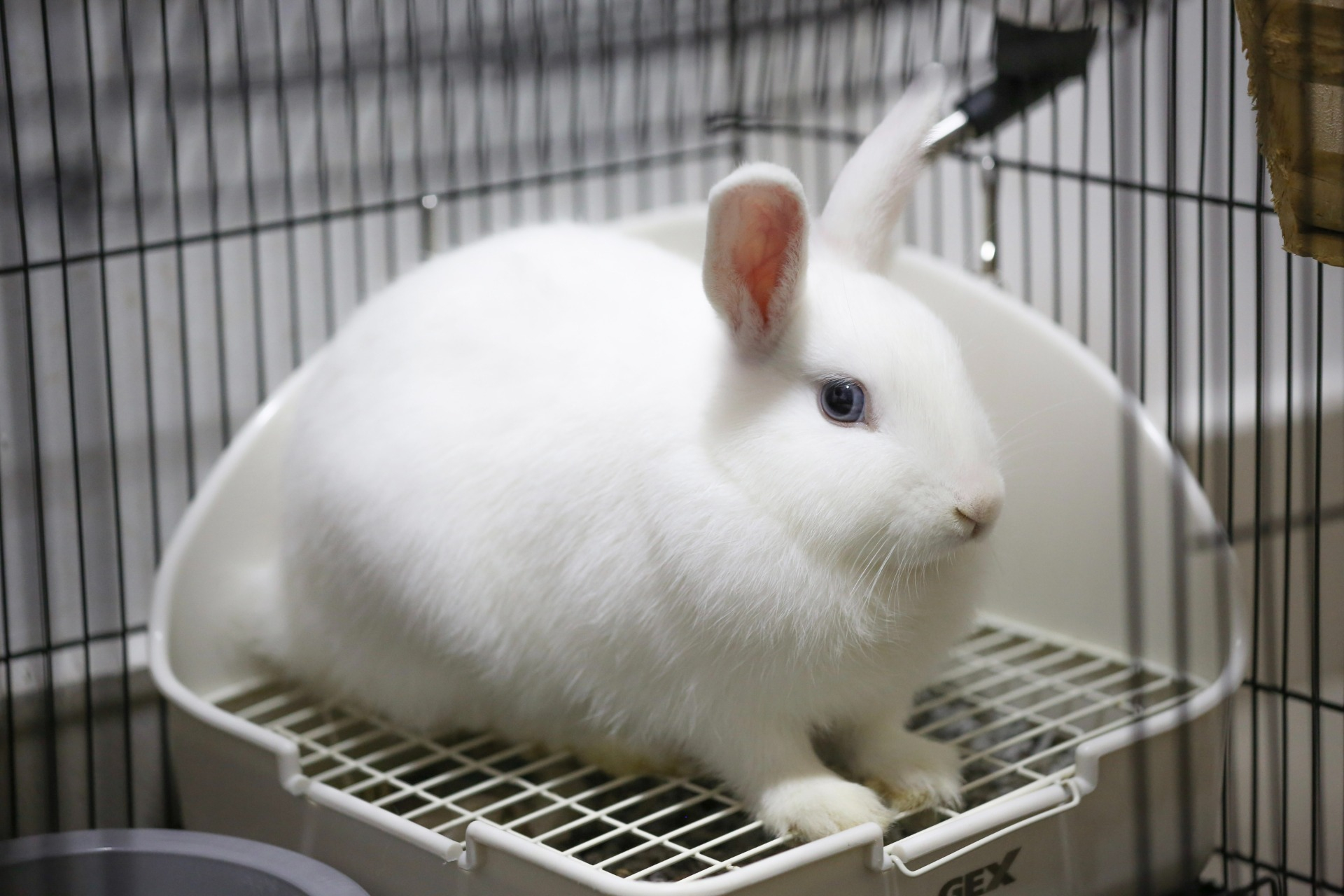
How to Raise Rabbits as Eco-friendly Pets
We are reader-supported. When you buy through links on our site, we may earn affiliate commission.
Raising rabbits as pets can be a rewarding and sustainable endeavor. However, it is crucial to understand the proper care and management of these animals to ensure their well-being and reduce the environmental impact of rabbit ownership. Below are methods on how to raise rabbits as eco-friendly pets:
1. Choosing the Right Breed
When choosing a breed of rabbit to raise as a pet, it is essential to consider their size, temperament and suitability for your climate. Some popular species of rabbits for pets include the Dwarf Hotot, Holland Lop and Mini Rex. These breeds are small, friendly and well-suited for indoor and outdoor living.
Another important consideration when choosing a breed to keep as a pet is their wool type. For example, Angora rabbits require regular grooming to prevent matting and are not well-suited to outdoor living due to their thick fur.
2. Housing and Diet
Rabbits require a clean, safe and comfortable living space. A cabinet or cage with a solid floor and a secure door are essential to keep your rabbits safe from predators. The cage should be big enough for your rabbit to move around comfortably and should be cleaned regularly.
In addition to a suitable living space, rabbits require a diet of hay, fresh vegetables and fruits and a small amount of commercial rabbit feed. Hay should always be available because it is essential for the rabbit’s digestive health. Offer fresh vegetables and fruits in small amounts as treats.
3. Health Breeding
Rabbits are generally hardy animals but are prone to specific health problems such as dental and gut stasis. Regular check-ups with a veterinarian who is experienced with rabbits and preventive care such as teeth trimming can help keep your rabbit healthy.
If you decide to breed your rabbits, it is essential to understand the responsibilities that come with it. This includes providing proper care for the mother and her litter, as well as finding suitable homes for the baby rabbits.
4. Sustainability Considerations
Knowing how to raise rabbits sustainably means being mindful of your impact on the environment. This includes reducing the amount of waste your rabbit produces, such as using bedding made from sustainable materials and composting rabbit manure.
Another important consideration is the number of rabbits you are keeping. Overpopulation can lead to overcrowding and a strain on resources, so it is vital to limit the number of rabbits you have to a manageable level.
5 Sustainability Tips for Keeping Rabbits as Pets
If you desire to keep a rabbit as a pet for a long time, it is vital that you consistently follow good sustainability practices. Below are some tips for keeping rabbits as pets:
- Use eco-friendly and safe cleaning products in your rabbit’s living area.
- Spay or neuter your rabbits to prevent overpopulation and potential health problems.
- Consider adopting a rabbit from a local shelter or rescue organization instead of buying from a breeder.
- Use sustainable materials for their housing such as wooden hutches or straw-based bedding.
- Consider using clippers instead of shears to avoid the need to replace grooming tools frequently.
Raise Your Rabbits Sustainably
Raising Rabbits as pets can be an excellent way to engage in sustainability in your own way. By choosing the right breed, providing appropriate housing and diet, ensuring proper health care and considering sustainability, you can give your rabbit a happy and healthy life.
Share on
Like what you read? Join other Environment.co readers!
Get the latest updates on our planet by subscribing to the Environment.co newsletter!
About the author

Jane Marsh
Starting from an early age, Jane Marsh loved all animals and became a budding environmentalist. Now, Jane works as the Editor-in-Chief of Environment.co where she covers topics related to climate policy, renewable energy, the food industry, and more.





